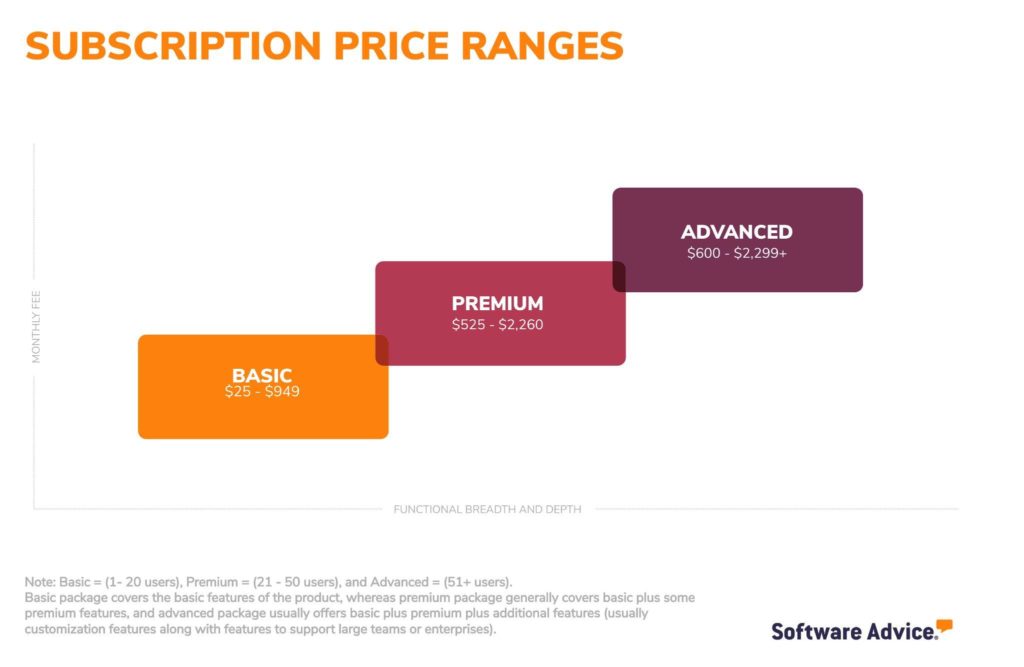Choosing the right software for your manufacturing business is important because it can help you improve your processes and increase your efficiency. The benefits can be significant, as long as you choose wisely.
The Choice is an Important One
The choice of software is an important decision that should not be taken lightly. It is important to make sure the software you choose meets the needs of your business so you can maximize its benefits. By choosing the right software, you can improve your business’ operations and see a return on your investment, in addition to enhancing your teams’ effectiveness.
When you choose the wrong software, you can experience a number of issues. One common issue is that the software may not be compatible with your other systems. This can cause disruptions in your workflow and hamper your ability to efficiently produce products.
Another issue is that the software may be too complex for your needs. If the software is too complex, you may not be able to use all of its features or you may not be able to learn how to use it effectively. This can lead to decreased efficiency and lost productivity.
Finally, if the software does not meet your business’ needs, you may not see a return on your investment. This can result in wasted money and time. So it is important to take the time to research different software options and find one that meets your specific needs.

The Different Levels of Manufacturing Software Available
Manufacturing software can be divided into different levels, depending on the features and capabilities it offers. Defining the right level for you is a great first step in choosing the right manufacturing software. The three main levels of manufacturing software are:
1. Basic Manufacturing Software – This level includes basic tools for managing production, such as scheduling, tracking inventory, and producing reports. It is ideal for businesses that are just starting out or that have a limited budget.
An example of software at the most basic level is most inventory management software. This type of software helps to keep track of inventory levels, production schedules, and shipping logistics. It can also help to optimize distribution processes, making it a great choice for businesses that ship products to customers.
2. Advanced Manufacturing Software – This level offers more features and capabilities, such as design and engineering tools, quality control tools, and shop floor control tools. It is ideal for businesses that want to improve their production processes.
An example is PLM (product lifecycle management) software. This type of software helps to streamline the entire product development process, from initial conception to final delivery. PLM software can also help with quality control and regulatory compliance.

3. Enterprise Manufacturing Software – This level offers the most features and capabilities, such as ERP integration, shop floor planning, and statistical process control. It is ideal for businesses that want to optimize their operations and achieve greater efficiency.
For manufacturers who want the most comprehensive solution possible, ERP (enterprise resource planning) software may be the best option. ERP software integrates all of the different business functions into one system, providing a single point of data entry and analysis.
As you can see, there is a wide range of manufacturing software available, each designed to meet the specific needs of different businesses.

How to Determine the Level of Manufacturing Software that is Right for your Business
When it comes to manufacturing software, there is no one-size-fits-all solution. The level of software that is right for your business will depend on a number of factors, including the size of your operation, the complexity of your products, and the nature of your customer base. Although we do strongly recommend to move beyond spreadsheets for all manufacturers.
There are a few general guidelines that can help you choose the right software for your business.
- Consider the scale of your operation. If you are a small business with a limited number of products, you may not need the same level of software as a large company with a complex product line.
- Think about the complexity of your products. If you produce highly customized or bespoke goods, then you will need more advanced software to help manage the various design and manufacturing processes involved.
- Don’t forget your customer base. If you are targeting high-end customers who place a premium on quality, then you will need software that can help ensure consistent production and quality control.
- What are the specific needs of your business? Are you looking for software that can help you manage inventory levels or track production data? Or do you need something more sophisticated, such as software that can optimize your production process?
- Last but not least, consider your budget. There is a wide range of manufacturing software available, from basic programs to more advanced enterprise-level solutions. By taking the time to assess your needs and compare prices, you can find the right software solution for your business.
A lot of times, the combination between the features needed aligned with limited complexity and lower price is the sweet spot you may be looking for.

Factors to Consider when Actively Choosing a Manufacturing Software Provider
When it comes to manufacturing software, there are a lot of factors to consider.
- Compatibility
The software must be compatible with your existing systems and processes. Otherwise, you’ll end up spending more time and money on integration than you would on the software itself.
- Scalability
As your business grows, you’ll need a software solution that can grow with you. Make sure to choose a provider that offers a scalable solution.
- Customer Support
Things will inevitably go wrong from time to time, so it’s important to have access to knowledgeable customer support staff who can help you troubleshoot issues as they arise.
- Process Alignment
Don’t get enamored by the features to learn that your process will have to change to fit the software. It should fit into your specific process. This is especially true for businesses that produce highly customized or bespoke goods. Software can help to streamline the manufacturing process and improve efficiency, as long as it works with your process.

- Level of Functionality
Software that offers a high degree of functionality can be a great asset to businesses. However, it’s important to be aware that more functionality can also mean more opportunity for mistakes and incomplete use. Additionally, businesses will need to invest in training in order to get the most out of such software. With so much data available, it’s also important to have a system in place for managing and organizing it all. Otherwise, you’ll quickly become overwhelmed.
- Design vs Functionality
Design is important, but it’s not as important as functionality. If a software program has a beautiful design but doesn’t offer any useful features, it’s not going to be very helpful to your business. Functionality is what makes a software program useful. Make sure the program has features that are relevant to your business and that the design is easy to use and appealing.
By considering these factors, you can be sure to choose the best possible manufacturing software provider for your business.
The Cost of Manufacturing Software and How to Get the Most Value for your Money
Manufacturers are constantly looking for ways to reduce the cost of software while still delivering the most value to their business. In today’s economy, this is more important than ever.
There is a wide range of price options on the market today, for example, this data from Software Advice shows the per user monthly fees across the range of software:

There are a few key ways to get the most value for your money when it comes to manufacturing software.
- Make sure you select a software vendor that has experience in your industry and can customize the software to meet your specific needs.
- Choose a vendor with a good reputation for customer service and support. This will ensure that you can get help when you need it which helps with efficiency and cost savings.
- Third, be sure to get multiple quotes from different vendors before making a decision.
By following these simple tips, you can be sure you’re getting the most value for your money when it comes to manufacturing software.
Each type of software offers its own unique set of features and benefits. Choose the right type of software for your business needs and you will be well on your way to streamlining your manufacturing process and improving your bottom line.



